A P0340 error code can be a serious issue that requires immediate attention, as the underlying cause can lead to engine damage the longer you continue to use the vehicle.
If your car is triggering a P0340, read our comprehensive guide below to learn more about the causes and symptoms associated with this OBD-II code, and to find out how to diagnose and fix the problem.

What Does Code P0340 Mean?
The OBD-II diagnostic trouble code P0340 indicates a “Camshaft Position Sensor “A” Circuit Malfunction.” It covers the entire circuit attached to the aforementioned sensor, such as the electric wiring and the powertrain control module (PCM). Thus, replacing the sensor will not always resolve the issue.
The camshaft position sensor calculates the speed at which the engine’s camshaft rotates. It also keeps track of the shaft’s precise position during rotation. It signals the PCM, which uses the sensor data to set the timing for the ignition and fuel injection systems.
The camshaft position sensor is usually mounted near the cylinder head, opposite the timing rotor. It monitors the changing magnetic resistance from the timing rotor.
Disrupting the signal from the camshaft position sensor throws off the engine’s precise timing and can cause performance problems, such as misfires and sub-optimal fuel-to-air mixtures. The PCM will log a P0340 code and activate the Check Engine Light to warn the driver that something went wrong.
The P0340 code is a generic powertrain code. It applies to all makes and models of vehicles built during or after 1996. Specific models may need special steps during diagnosis and repair of a fault in their camshaft position sensor’s circuit.
A similar code is P0335, Crankshaft Position Sensor “A” Circuit Malfunction. Like P0340, P0335 also warns about a problem in a sensor’s electric circuit. The difference is that P0335 covers the crankshaft that converts engine power into forward motion, while P0340 involves the camshaft that controls the intake and exhaust valves.
A P0340 code spells bad news for any vehicle. Drivers may find it difficult or impossible to start the engine because of the resulting engine performance problems. If they persist in operating the vehicle, they may lose power while on the road. Also, ignoring the camshaft position sensor issue for too long can even damage the engine, leading to a much longer and more expensive repair job.
Given these drawbacks, drivers should avoid using a vehicle suffering from a problematic camshaft position sensor circuit. Instead, they must determine the root cause of the P0340 trouble code and fix it as soon as possible.
While people with sufficient DIY mechanical skills can find and fix many of the issues, the surest option remains taking the vehicle to an auto repair shop.
Users have reported P0340 for the following makes: Ford (especially on a Ford F-150), Nissan, Dodge, Chevrolet, and Jeep.
P0340 on Some Ford Vehicles
Code P0340 may appear on some Ford vehicles. On a 2004 Ford F-150 XL 5.4L V8, for example, this DTC is described as, “The test fails when the PCM can no longer detect the signal from the CMP sensor on Bank 1.”
The code appears in a 2004 Ford F-150 5.4L V8 because of the following conditions:
- CMP circuit open
- CMP circuit short to GND
- CMP circuit short to PWR
- SIG RTN open (VR sensor)
- CMP GND open (Hall-effect sensor)
- CMP incorrectly installed (Hall-effect sensor)
- Damaged CMP sensor shielding
- Damaged CMP sensor
- Damaged PCM
For this specific vehicle, Ford also notes that harness alterations and routing, as well as improper shielding and electrical interference from other systems that are not functioning properly could impact the CMP signal intermittently.
What are the Possible Causes of the P0340 Code?
The most common causes behind the disruption of the signal from the camshaft position sensor to the PCM include:
- Failing or defective camshaft position sensor
- Circuit problems (e.g., damaged wiring, loose connections)
- Errors in the powertrain control module (somewhat rare)
- Damaged camshaft position sensor reluctor wheel
- Problems with internal engine timing components
Camshaft position sensors could fail because of mechanical damage, a broken encoder wheel or reluctor teeth, short circuits, or broken wiring.
Many drivers immediately replace the camshaft position sensor once they receive the P0340 code. But as you can see by looking at the list of potential causes above, there are several other reasons that could hamper the device’s signal.
Wiring issues feature prominently in many incorrect diagnoses of the P0340 trouble code. Likewise, the problem in the camshaft position sensor’s circuit may stem from the issues with internal engine timing components.

What are the Common Symptoms of the P0340 Code?
A vehicle that has been diagnosed with a P0340 code shows several symptoms linked to the problematic circuit:
- Check Engine Light warning
- Engine experiences hard starts or cranking without starting
- Engine hesitates or stalls while running
- Engine dies and refuses to restart
- Rough running, misfiring and/or lack of acceleration
Aside from an illuminated check engine light and a logged P0340 code, a faulty camshaft position sensor will also show symptoms such as:
- Transmission shifting problems
- Poor acceleration
- Sputtering
- Poor fuel economy
- Engine knocking
- Limp mode
How to Diagnose the P0340 Code
P0340 must not be ignored. You need to check all potential causes to pinpoint the exact problem. Consider taking your vehicle to a professional automotive technician if you don’t have enough DIY auto repair experience and skills. The video below could give you a better idea of the diagnostic procedure if you’re still interested in checking your own vehicle.
How to Fix the P0340 Code
Disclaimer: Due to the wide variability in vehicle makes and models, as well as other factors, the following information must not be construed as complete or the only definitive way to address a particular issue. Instead, the following content merely attempts to give you a better idea of what a do-it-yourself approach to the issue might involve. You are encouraged to find more technical resources regarding the subject or take your vehicle to a professional technician for the best results.
Before popping the hood, check for any technical service bulletins (TSBs) about your vehicle and the P0340 trouble code. These are notifications sent by vehicle manufacturers about a certain problem and how to resolve it.
These bulletins are for dealership technicians, but many aftermarket companies republish them for the benefit of independent technicians and other auto repair facilities.
You can try searching for any TSB about your vehicle online through the National Highway Traffic Safety Administration (NHTSA) and Environmental Protection Agency (EPA) websites. You’ll need your vehicle’s identification number (VIN) to consult the online database.
If there are no TSBs for this trouble code, you can start repairing your vehicle.
In most cases, replacing the camshaft position sensor or crankshaft position sensor will resolve the issue.
Replace the Camshaft or Crankshaft Position Sensor
To begin, disconnect the battery. Then, you can proceed to locate the crankshaft position sensor, which is usually on the front underside of the engine.
Once you’ve removed it, use a digital multimeter to check for resistance. Vehicles have specific resistance ranges, so make sure to consult your owner’s manual.
If there is no resistance, you’ll need to replace the crankshaft position sensor. When replacing the damaged sensor, make sure that the o-ring hasn’t fallen into the hole.
But if the crankshaft position sensor is working fine, the next part you should inspect is the camshaft position sensor.
The camshaft position sensor is usually on the valve cover near the top of the engine. In some cases, it’s positioned in front or at the back of the cylinder head.
Then, proceed with the same steps when removing the crankshaft position sensor and conducting a resistance test.
Update the PCM
There might be rare instances where reprogramming the powertrain control module will resolve the issue.
Before proceeding, check for software updates that could be helpful in fixing the code. Then, use a scan tool to determine which version of the software the vehicle is using.
If the software is outdated and the vehicle is experiencing issues, only then can you begin reprogramming the module. After downloading the software, transfer the information to a scan tool connected to the vehicle diagnostic connector.
Always ensure there’s a steady voltage supply to the battery while reprogramming the module, so it’s best to have a charger nearby.
Also, keep in mind that reprogramming isn’t reversible. You can’t return to the old software or use the same software twice.
Keep in mind that there might be specifications for various makes and models when resolving a P0340 code. The procedures mentioned above might not work on all vehicles, which is why it’s best to have vehicle-specific guides when working on trouble codes.
Resolving DTCs also requires extensive auto repair knowledge. If you’re not well-versed in this topic, it’s best to leave the job to the pros.
Tinkering with various components without the right skills and information can do more harm than good for your vehicle, and it might even damage other parts.
Other Notes About Code P0340
Like any other vehicle part, the electric circuit connected to the camshaft position sensor can develop malfunctions from improper care, rough usage, or general wear and tear. The resulting P0340 trouble code can appear in any vehicle, even from trusted brands like Ford and Nissan.
When the OBD-II scanner shows a P0340 code that denotes a bad camshaft position sensor circuit, bring the affected vehicle to an auto repair shop as soon as possible. Otherwise, continuous operation will not only prove difficult because of poor engine performance from misfires, but it can eventually harm the engine.
Finding a Camshaft Position Sensor
A malfunctioning camshaft position sensor can throw off the timing of your vehicle’s ignition and fuel injection systems. If your vehicle has stored this OBD code, it’s best to take it to an auto repair shop right away. Don’t worry about needing to find affordable parts for your ride because CarParts.com will make it easy for you.
You can get a new camshaft position sensor from the comfort of your own home. All you have to do is use our vehicle selector to shop for compatible parts. You can also filter your search according to the brand or price range you prefer.
We source our replacement parts from some of the most trusted brands in the industry. Our distribution centers are also strategically located across the US to ensure that your parts will arrive in just a few days.
Don’t let a bad camshaft position sensor ruin your trip. Check out our selection of replacement parts today.
Products Mentioned in this Guide
Shop this Project



Any information provided on this Website is for informational purposes only and is not intended to replace consultation with a professional mechanic. The accuracy and timeliness of the information may change from the time of publication.


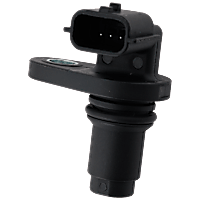 Camshaft Position Sensor
Camshaft Position Sensor
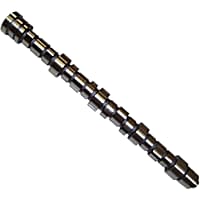 Camshaft
Camshaft
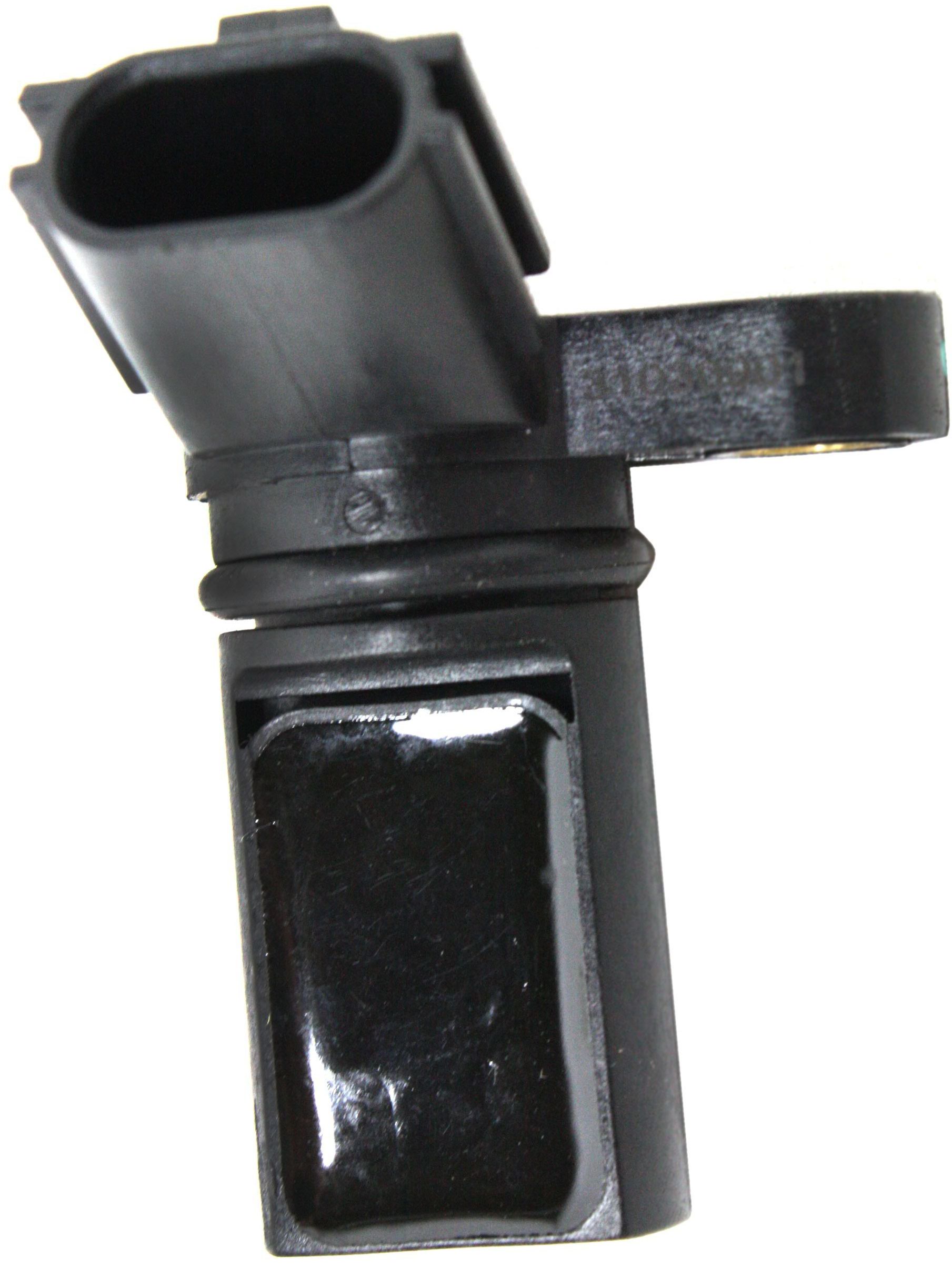
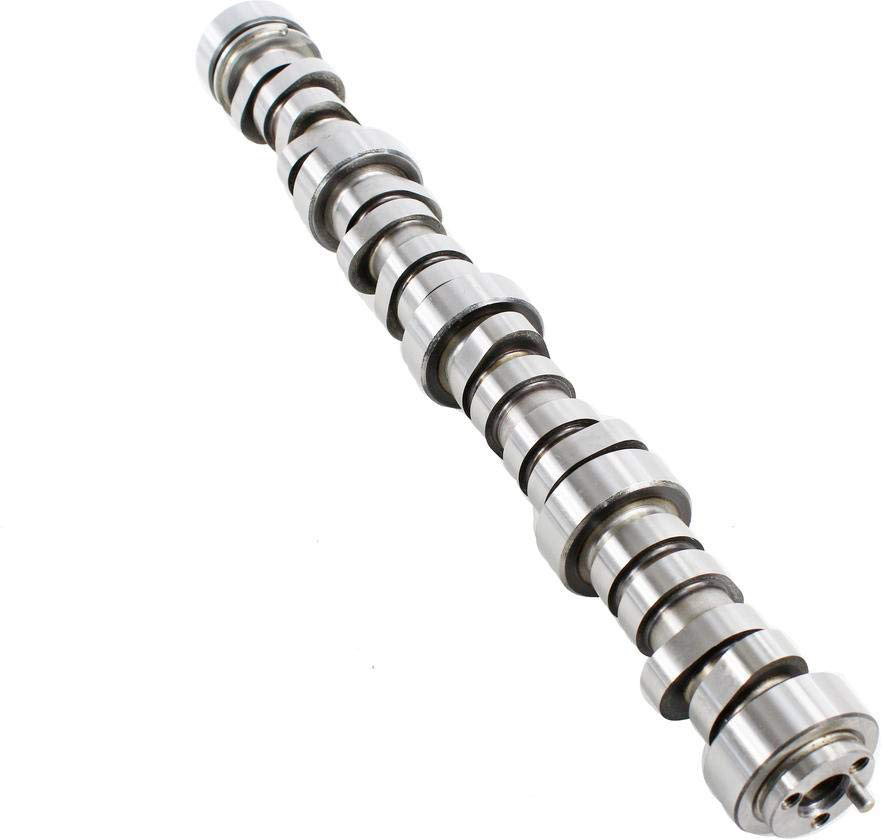
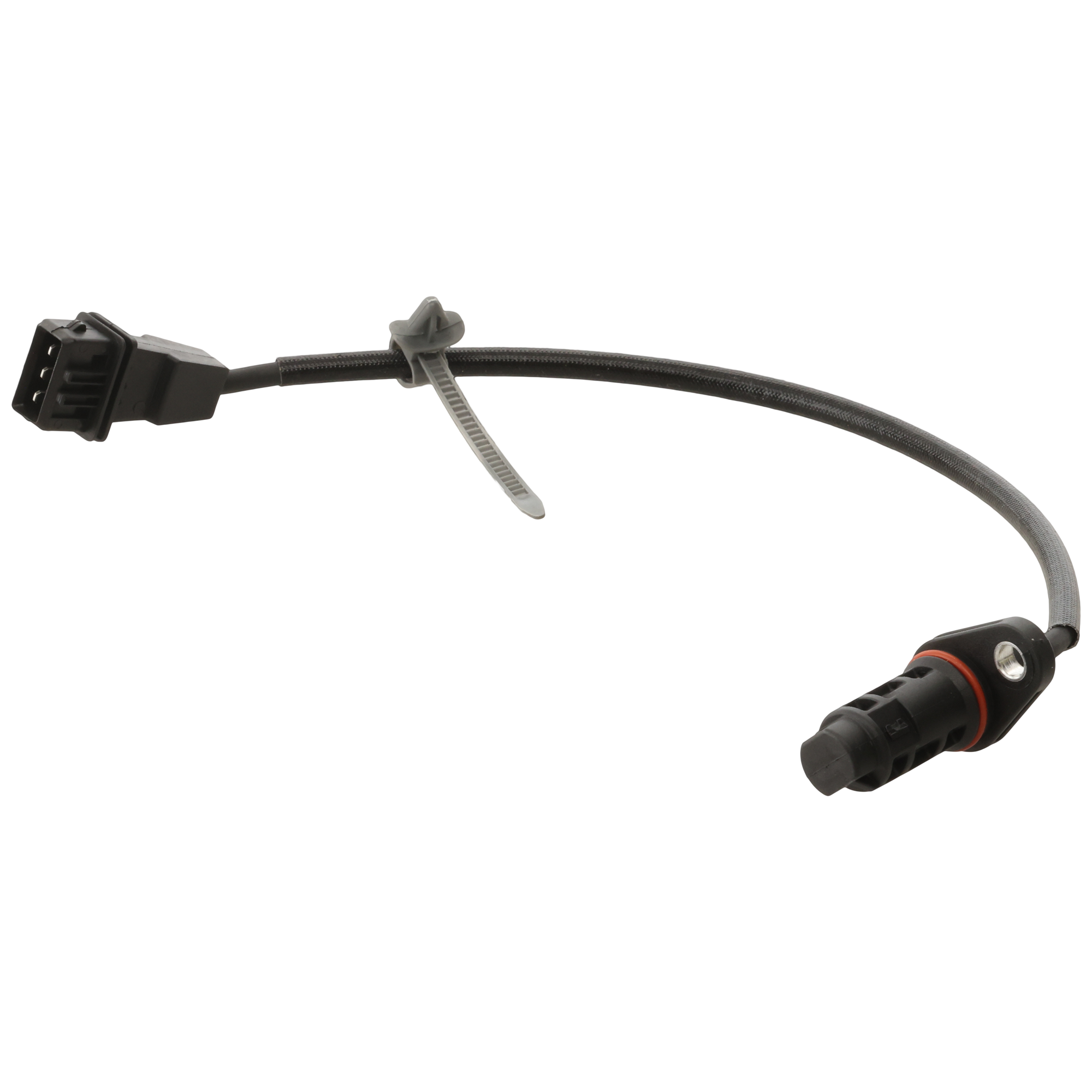

















I have a 2010 Dodge Charger SXT I picked up for a really nice price. The car wouldn’t start so I changed out both fuel pumps because the passenger side was dead. Tried to start her up and still no luck so I changed the sparkplugs and the coil packs. Still nothing. I tested for spark, fuel, compression I even bought another ECM, ). Flashed to my vin. Had someone come out and reprogrammed the key. More then triple scanned the car with my OBD2 also double checked the PCM ( no visible damage to any wires) and just yesterday it threw the code P0340. I changed the sensor and still the same. I’m just up in the air on where to start. Should I run some test on the sensor with a multi meter. And do I have someone crank the car over while testing? Any help is greatly appreciated. Thanks
Hi Joe,
Your car has a timing belt. What were the results of your compression test? Does the engine crank normally or does it turn over faster than normal? It’s possible the timing belt has jumped time.
Car was running fine, but at oil change the dealor noticed mild oil leak. They fixed that (valve and seal) and on driving it home from repair place, engine light came on, and per OBD check it is this code. Seems odd that there were not issues before car was being worked on for something else. Is it possible circuit or other could have been damaged while in for other repair?
Hello,
What is the year/make/model of your car and what valve and seal did the dealer replace?
OK. Got the timing set correctly. Fired right up, but I don’t think it sounds right. Seems to be more valve noise than there should be. I let it idle for awhile and drove it down the street and back. It seemed OK, but did stumble a couple times at idle. No codes recorded. I’ll take it for a longer drive tomorrow.
The misfire monitor may not have passed its threshold for turning on the check engine light yet. If the engine doesn’t sound right, at this point, you might want to go ahead and do a compression test. If the compression test seems okay, follow up with a leak down test. You can also use an old-fashioned vacuum gauge to check the health of the engine. I’m happy to hear the car started for you at least!
Why would I suddenly get both P0340 and P0335 codes. Car was good. Replaced the crankseal and now it won’t start and I’m getting both codes.
Hi Greg,
What is the year, make, and model of your vehicle?
have you ever seen a situation where a car only throws a p0340 after driving then turning it off then failing to re-start? Car wont start after driving and then letting it sit a little bit. If i turn it off and try to turn it on right away, it starts with no code or issue. And if it sits for a few hours or over night – it starts okay with no code thrown.
BUT if I let it sit off after driving for about 10 minutes or so, it will crank and crank but wont start. After driving- letting it sit in off position- waiting then cranking and failing to start– it wont even throw a CEL until I floor the gas pedal as I start it- at that point it starts but also throws the p0340 code.
This is the second time I’ve gotten this code — I have a new PCM since the first time, so its unlikely a PCM problem. very confused! It is an 06 and the cam sensor is aftermarket because the OEM is discontinued, but I am going to re-inspect wires again and pray – and also try other sensors.
Hello,
So, you have already replaced the camshaft position sensor? What is the make and model of your vehicle (you said the year is an ’06).
Had the same problem for years and kept changing the sensor. After years of frustration it turned out to be the timing chain. Not one mechanic was able to diagnose it until i took off the inspection plate and looked down at the chain tensioners. Problems started after 70000 miles. Mike.
Hollo,
Did you manage to find the cause disqus?
I have the exact same problem as you described on my 2017 Ford Everest.